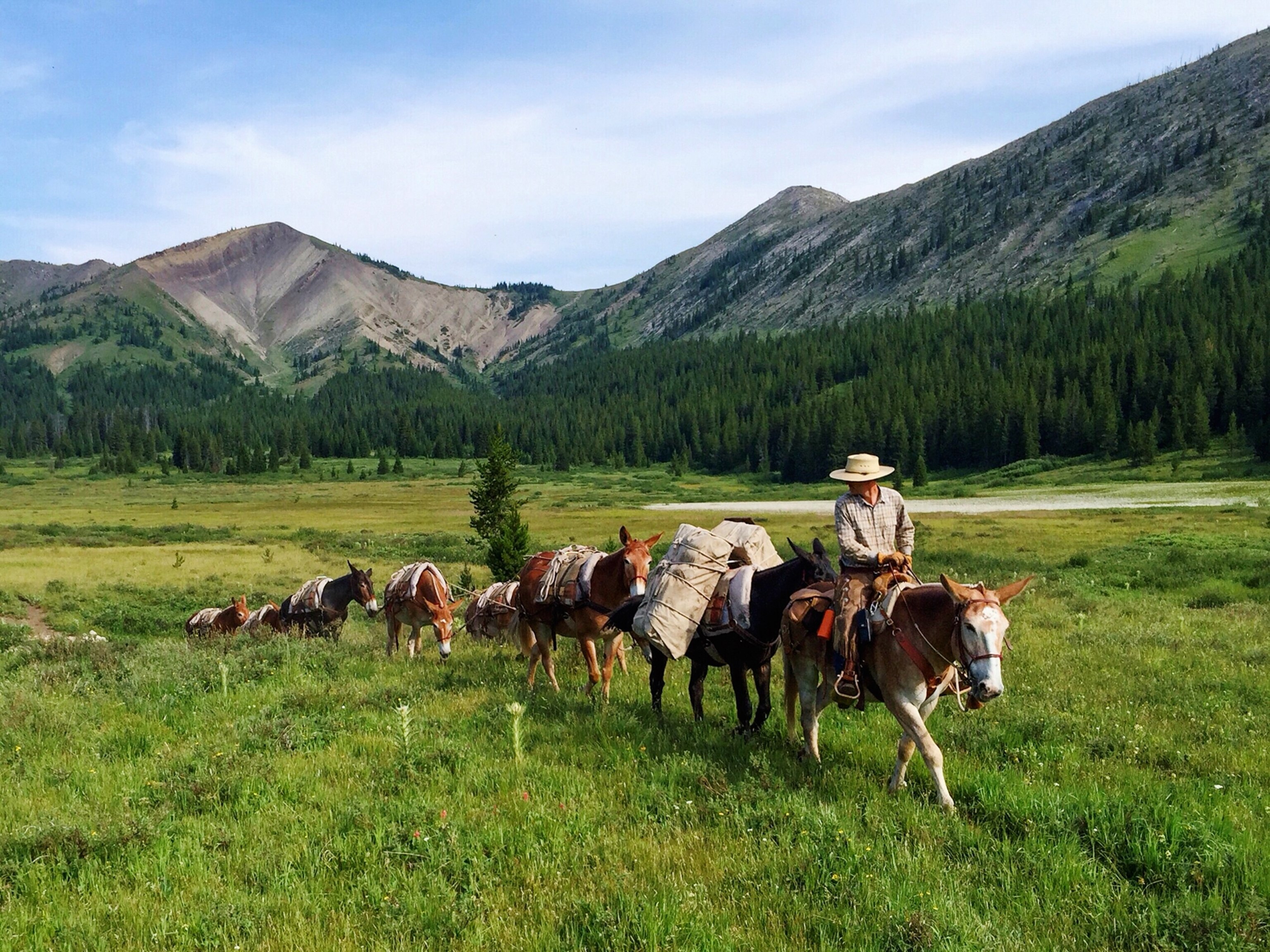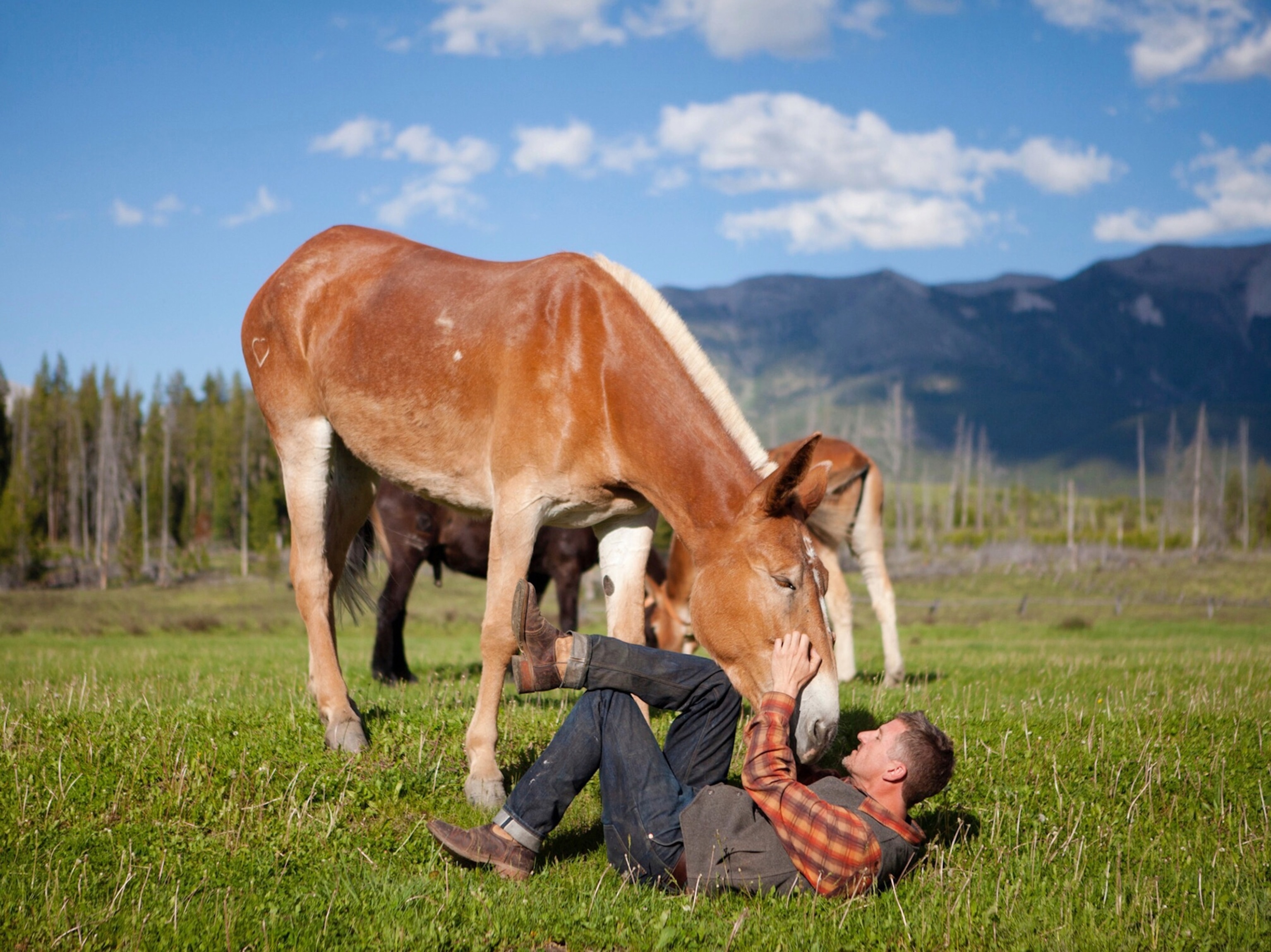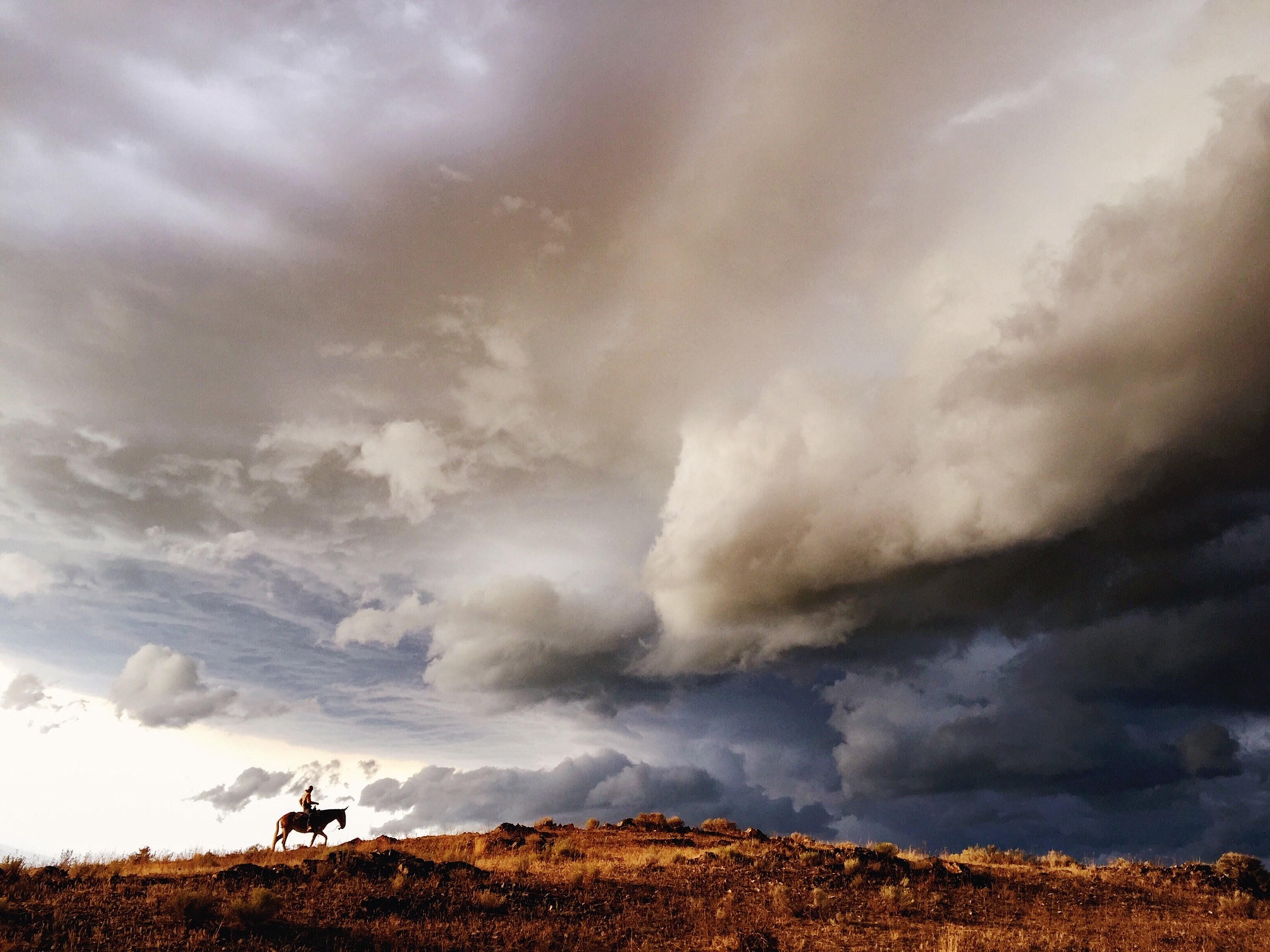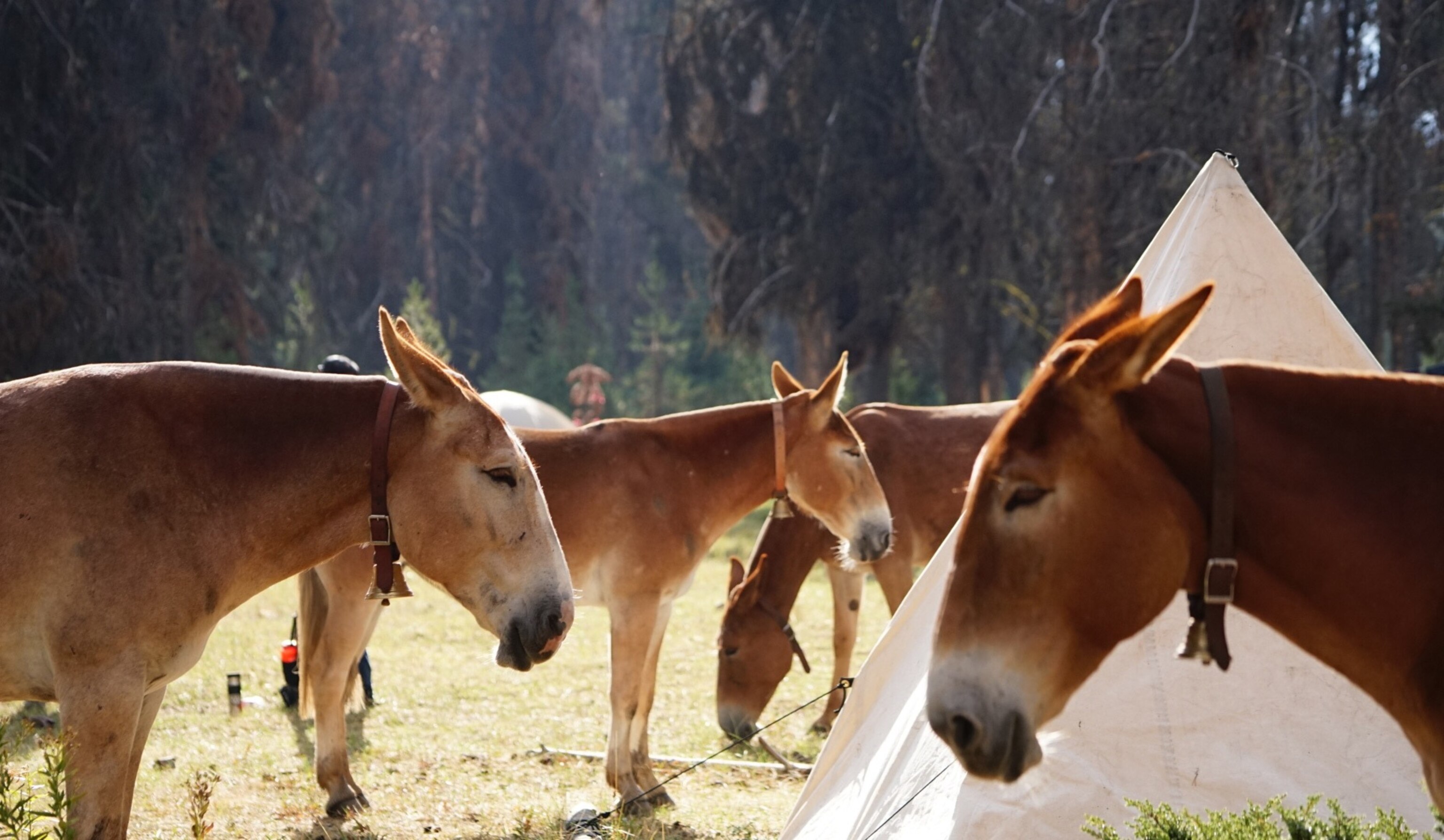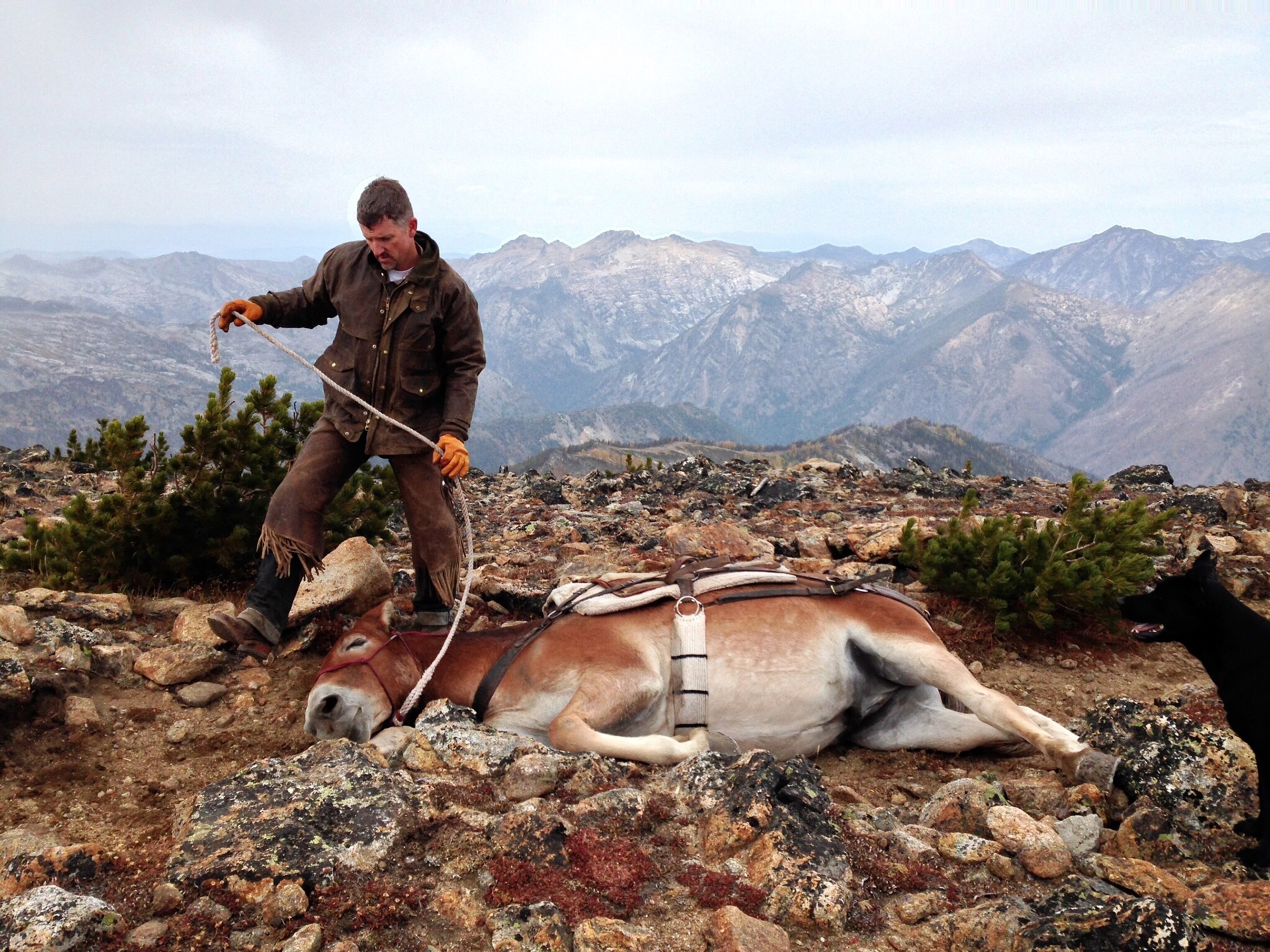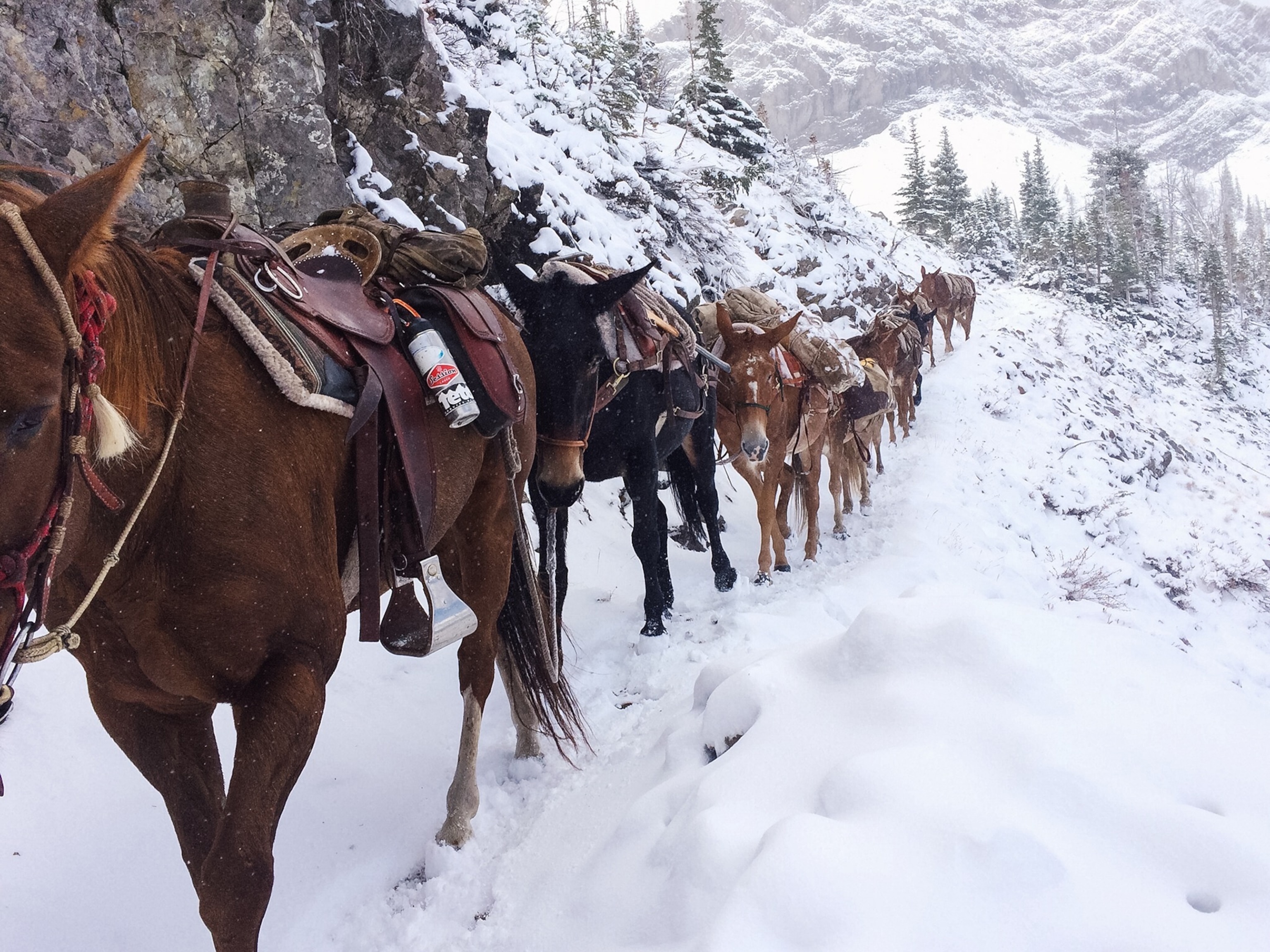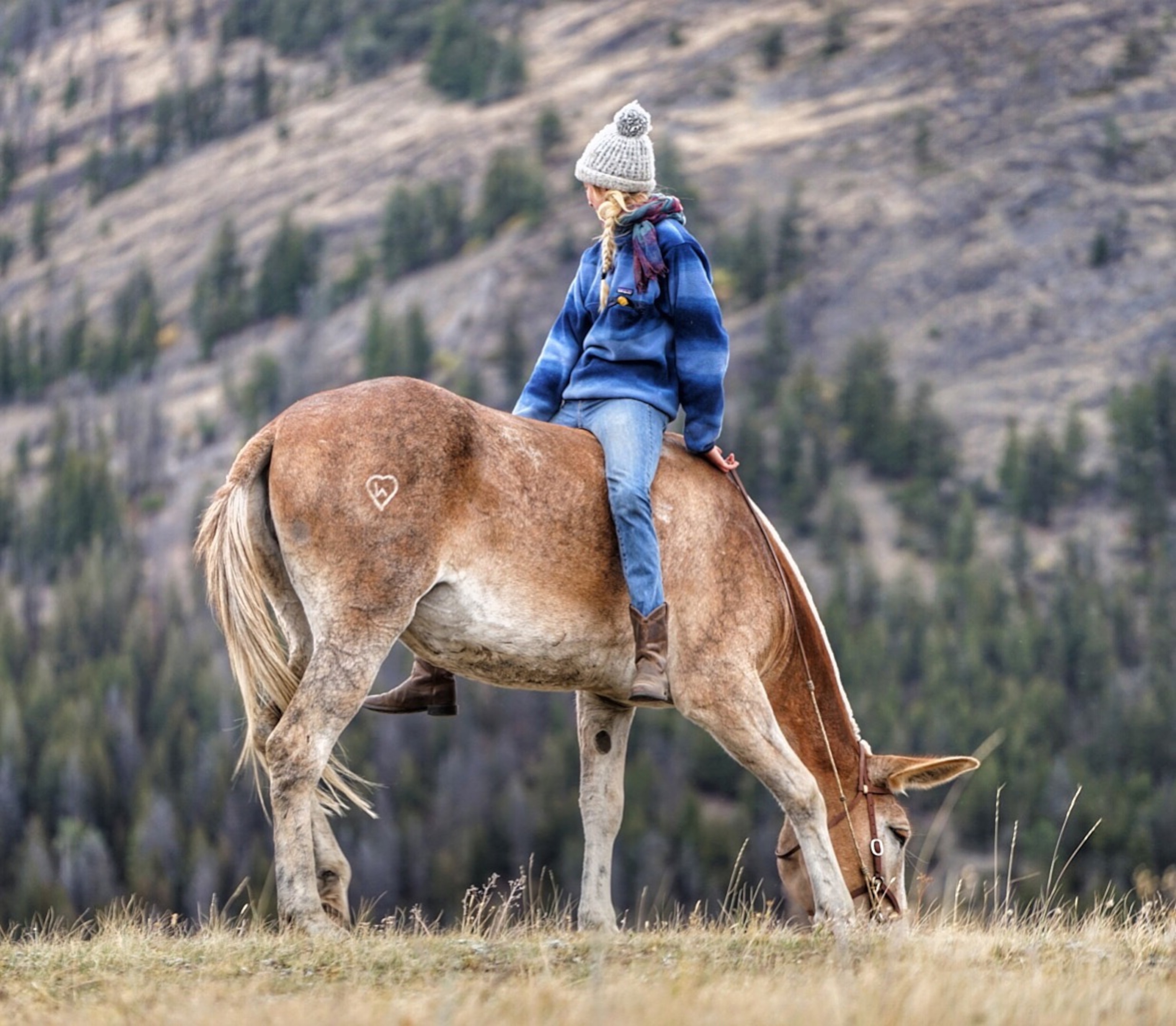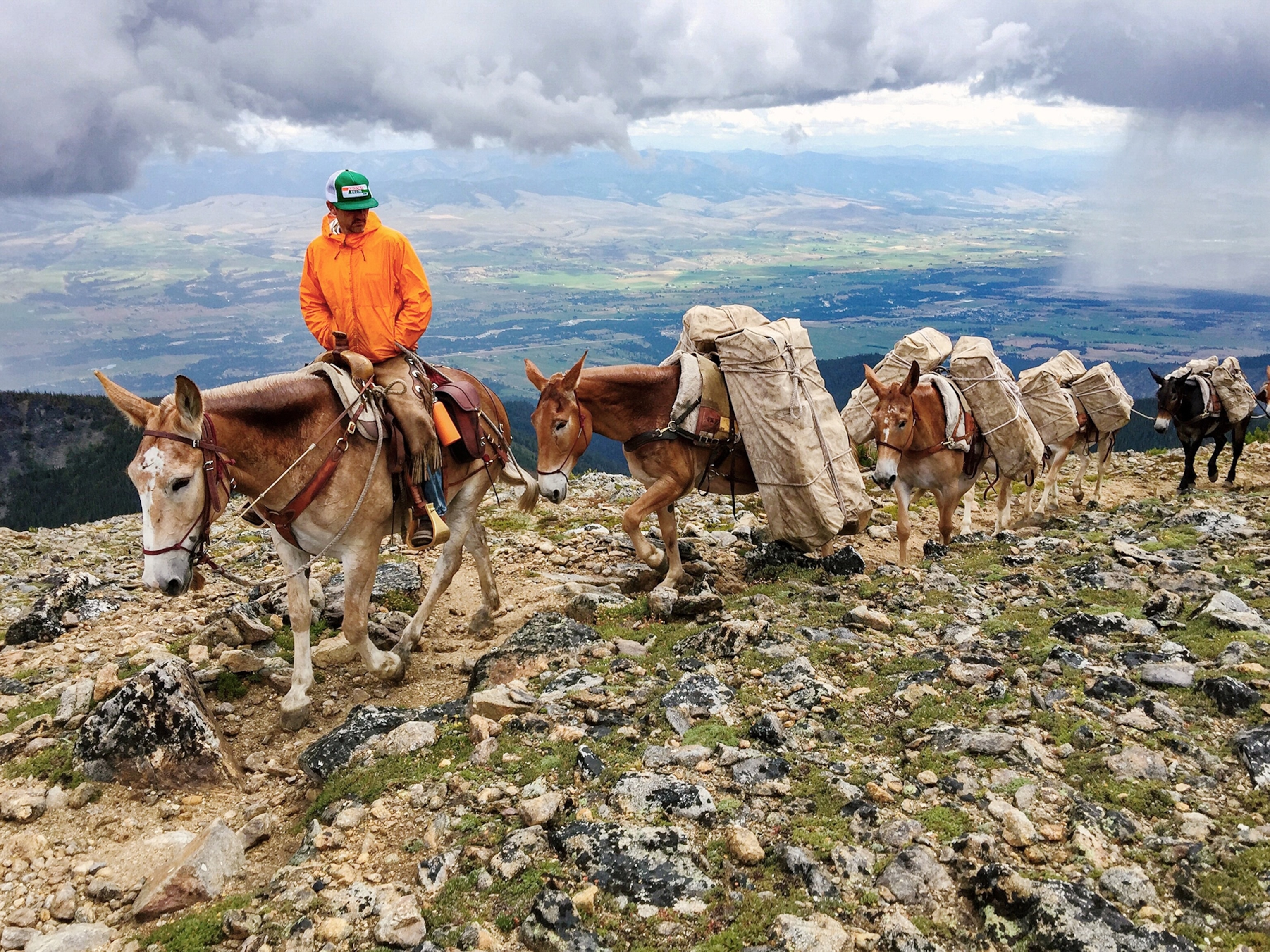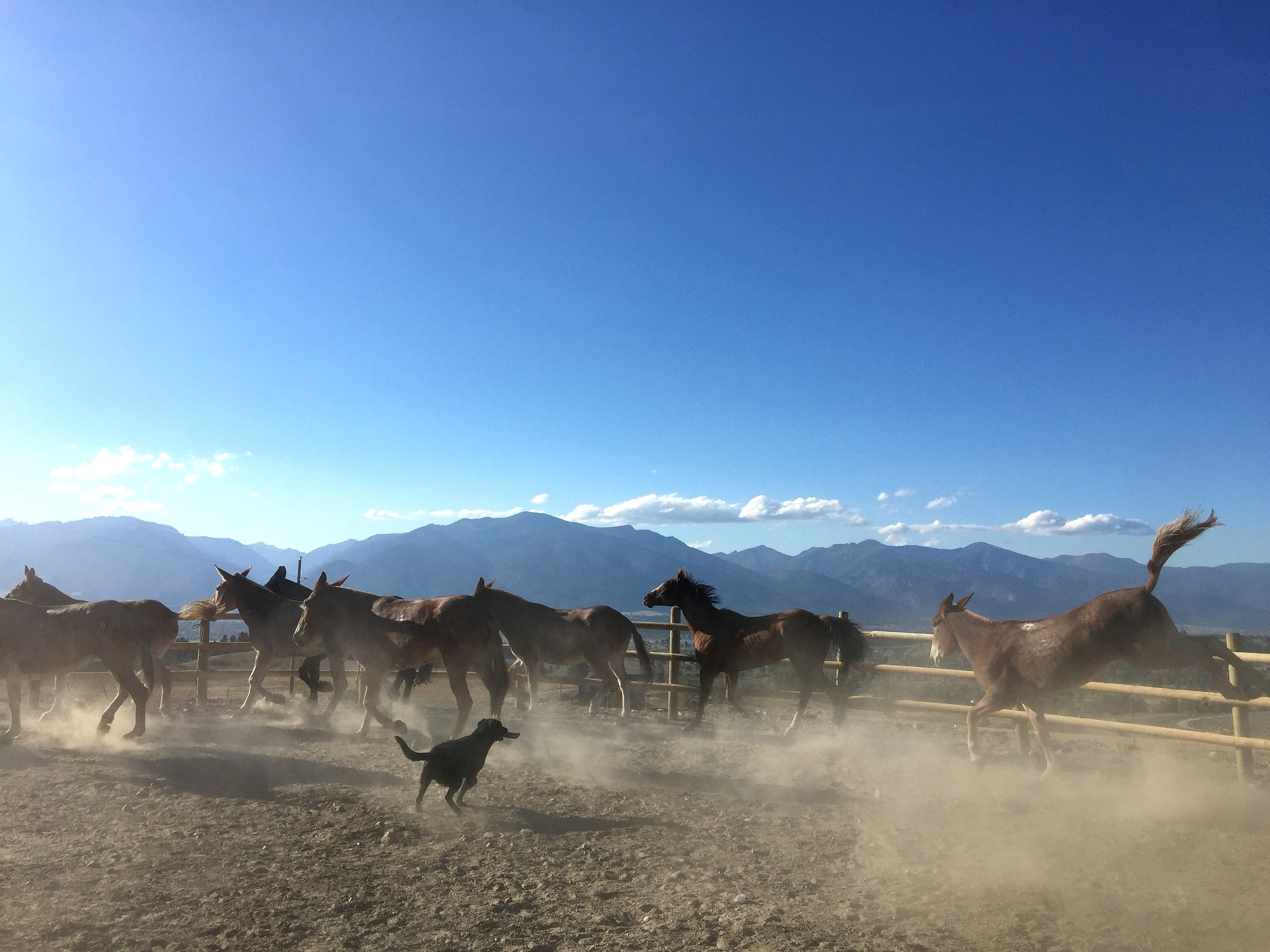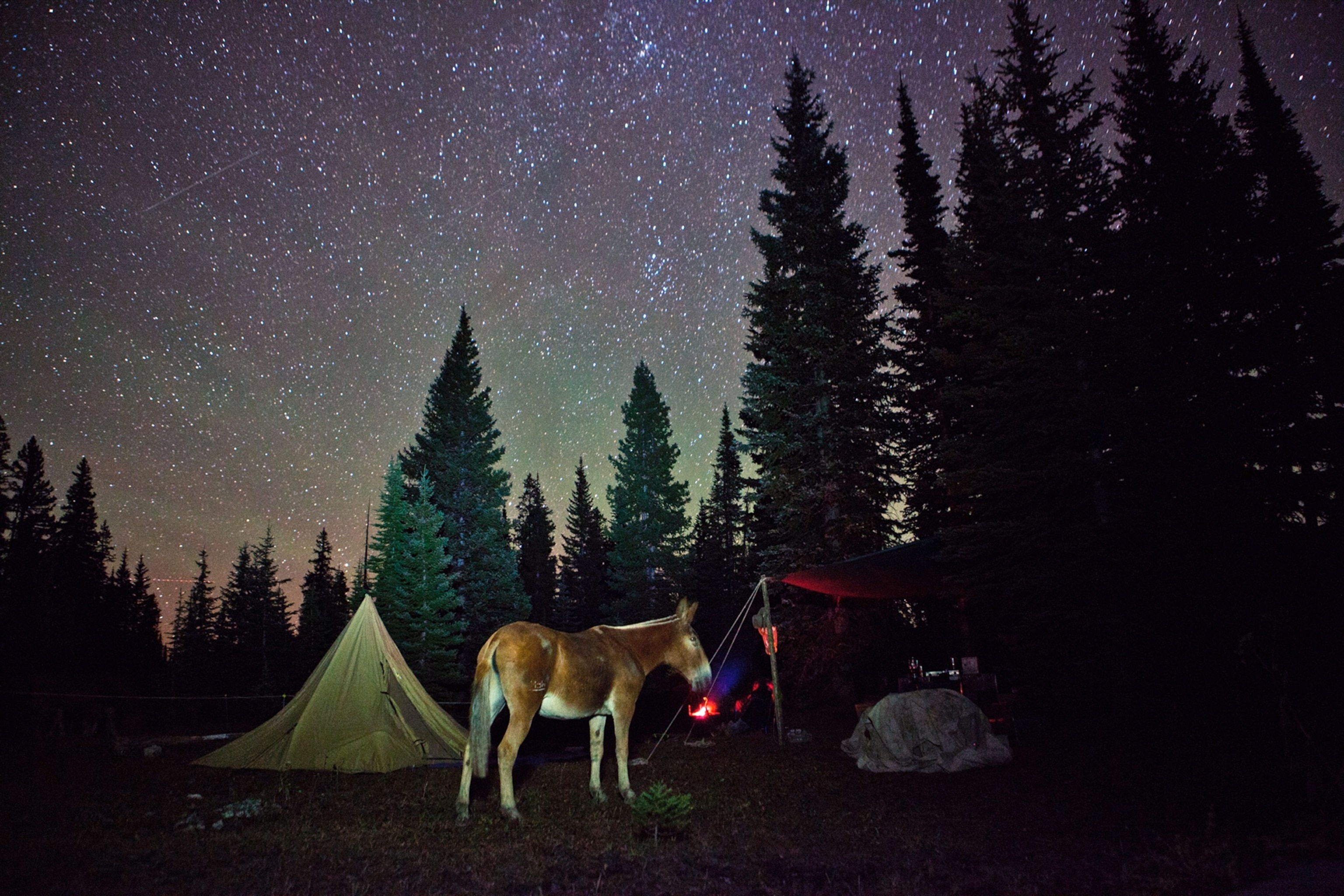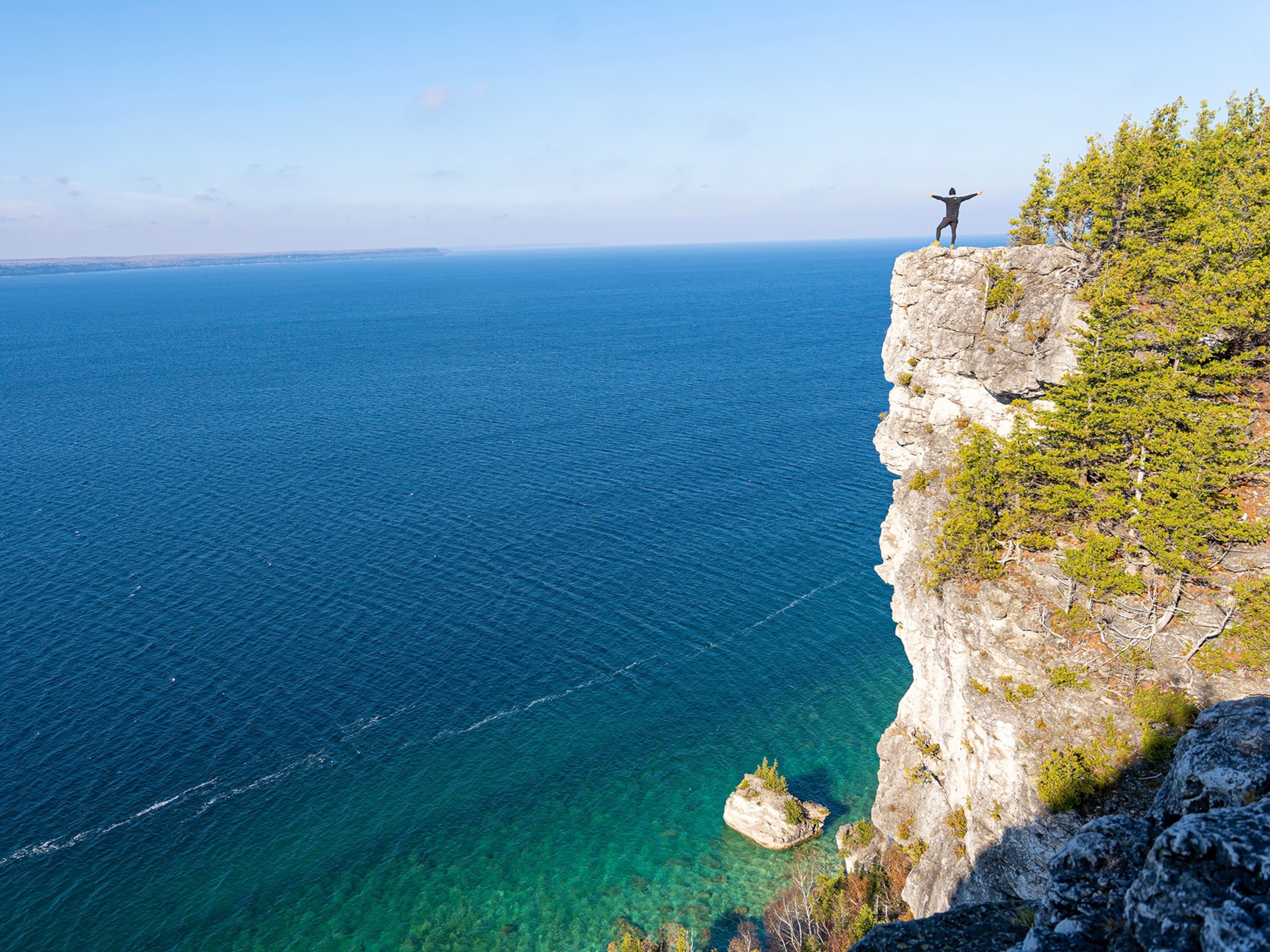Photos: Life on the Trail in Montana's Wilderness
I struggled to catch my breath as I hiked out of Big Whitney Meadow in the Sierra Nevada. I was 16. Hearing an unfamiliar sound, I paused and looked up. Before me was a man on a horse, and behind him was a string of loaded mules tied together. I got off the trail as they passed in silence. I’d never seen a pack string in person, but this image was already etched into the collective mind of the American West, where I was raised. In a moment of absolute clarity, I felt a shift in my mind: I knew one day I’d pull a string of my own mules. Today, I pull a string of nine mules through the Bob Marshall Wilderness and the Selway-Bitterroot Wilderness of Montana. This is my story of my life as a mule packer. To see more, follow me on Instagram,@muledragger. —Chris Eyer
- National Geographic Expeditions
